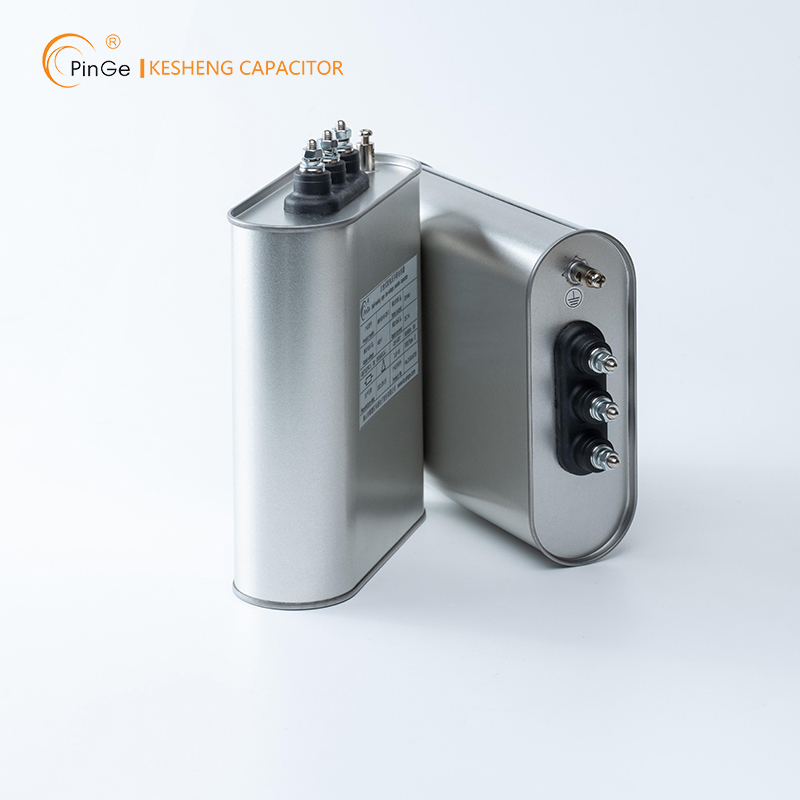Introduction
In the realm of electrical systems, capacitors play a crucial role in various applications. One specific type of capacitor that deserves attention is the low voltage shunt capacitor. In this article, we will delve into the intricacies of low voltage shunt capacitors, their functionalities, and their applications. By gaining a comprehensive understanding of these capacitors, you can make informed decisions when incorporating them into your electrical projects.
Low voltage shunt capacitors are designed to operate at voltages below 1 kV and are primarily used for power factor correction in electrical distribution systems. They are connected in parallel with inductive loads to counteract the reactive power produced by these loads and improve overall system efficiency. By compensating for the reactive power, low voltage shunt capacitors help reduce line losses, enhance voltage regulation, and optimize power quality.
Functionality of Low Voltage Shunt Capacitors
Low voltage shunt capacitors function by introducing capacitive reactance into the electrical system. This capacitive reactance offsets the inductive reactance produced by the connected loads, thereby minimizing the reactive power and improving the power factor. The power factor is a measure of how effectively the electrical system utilizes the supplied power.
By adding low voltage shunt capacitors, the power factor is brought closer to unity (1), which signifies a more efficient use of electrical power. This results in reduced energy consumption, lowered electricity bills, and improved overall system performance.

Applications of Low Voltage Shunt Capacitors
Low voltage shunt capacitors find applications in various industries and electrical systems, including:
1. Commercial Buildings and Offices
In commercial buildings and office spaces, where there are numerous inductive loads such as motors, transformers, and fluorescent lighting, low voltage shunt capacitors are employed to enhance power factor correction. This leads to reduced demand charges, increased energy efficiency, and improved voltage stability.
2. Industrial Facilities
Industries with heavy motor-driven machinery, such as manufacturing plants and refineries, greatly benefit from the implementation of low voltage shunt capacitors. These capacitors help improve the power factor, leading to reduced penalties from utility companies, increased electrical system capacity, and enhanced equipment performance.
3. Renewable Energy Systems
Renewable energy systems, such as wind farms and solar power plants, often face challenges associated with power factor fluctuations. Low voltage shunt capacitors aid in stabilizing the power factor, optimizing energy transfer, and ensuring the efficient operation of these systems.
4. Electrical Distribution Networks
Low voltage shunt capacitors play a significant role in electrical distribution networks, where power factor correction is crucial for maintaining system stability. By improving power factor, these capacitors help reduce transmission losses, enhance voltage regulation, and minimize voltage drop issues.
Benefits of Low Voltage Shunt Capacitors
The integration of low voltage shunt capacitors offers several advantages, including:
1. Power Factor Improvement
Low voltage shunt capacitors effectively correct the power factor, reducing reactive power and enhancing the efficiency of electrical systems.
2. Energy Savings
By improving the power factor, low voltage shunt capacitors help reduce energy losses, leading to lower electricity bills and increased energy savings.
3. Voltage Regulation
These capacitors aid in maintaining stable voltage levels, preventing voltage fluctuations and ensuring optimal performance of connected equipment.
4. Increased System Capacity
With improved power factor correction, low voltage shunt capacitors help increase the available capacity of electrical systems, enabling the addition of more loads without overburdening the infrastructure.
Conclusion
Low voltage shunt capacitors are indispensable components in electrical systems, providing power factor correction and improving system efficiency. By mitigating reactive power, these capacitors enhance energy savings, voltage regulation, and overall performance. Understanding their functionalities and applications empowers electrical engineers and system designers to optimize power factor correction and achieve optimal electrical system operation.





Comments
0